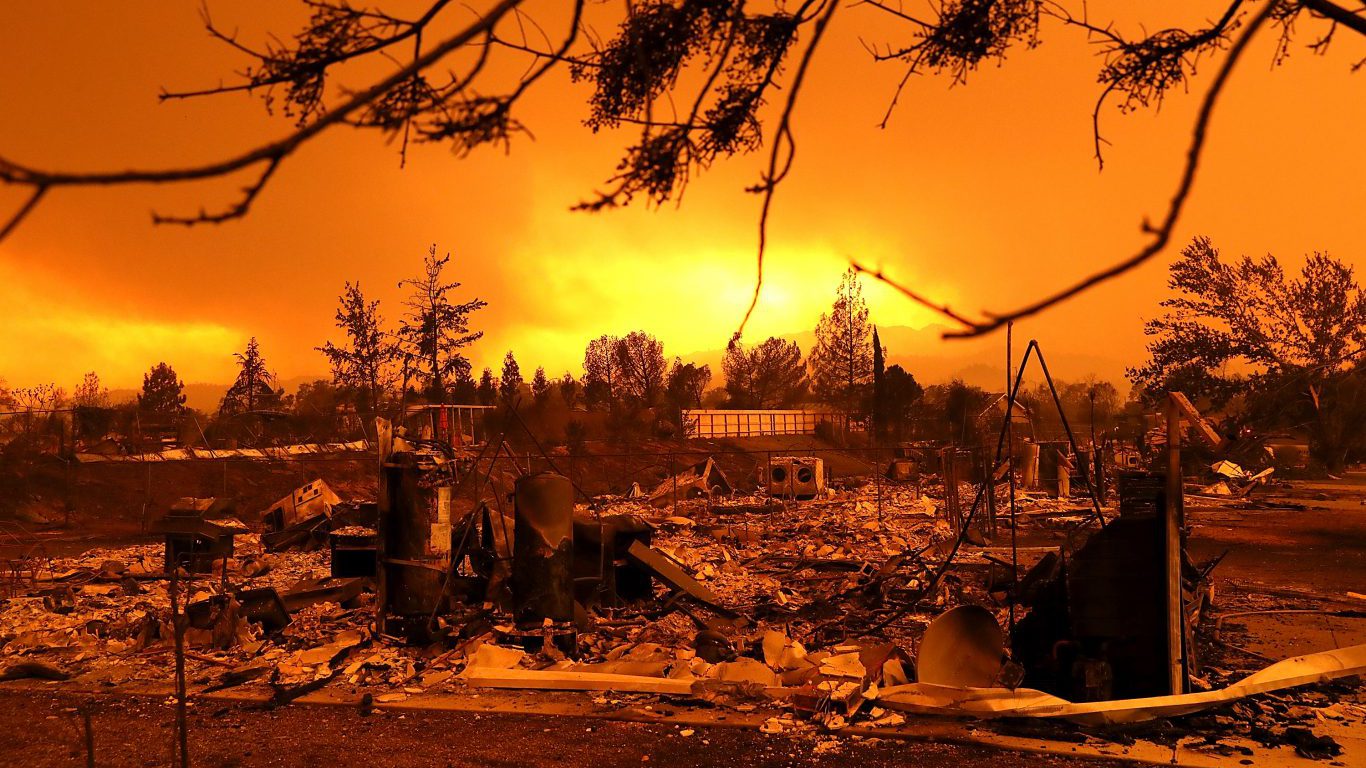Infrastructure
Will California Governor Decide Who Wins the Struggle for PG&E?

Published:
Last Updated:

When PG&E Corp. (NYSE: PCG) on Monday announced that it had reached a deal with wildfire victims, the company’s stock jumped by 20%, before closing with a gain of around 16%. Shareholders were delighted because the deal PG&E had reached had the effect of preserving at least some of the value of their stock.
Bondholders, however, remained silent. The company’s agreement with the wildfire victims had essentially scuttled a plan that would have wiped out shareholders and issued new stock in the company that exits bankruptcy. And the new stock’s primary owners would be its debt holders who were willing to trade their debt for new stock. The effect would be that bondholders would control the surviving utility, one they had acquired for a rock-bottom price.
Elliott Management, one of the hedge funds that had concocted the Ad Hoc Bondholders plan, broke its silence Thursday in a statement almost directly aimed at California Governor Gavin Newsom. After outlining what the company’s plan is supposed to have done and what it has actually done, Elliott outlines what it believes needs to be done: “With the burdens of costly and uncertain claims estimation litigation now almost certainly resolved, we urge the State to mandate that any emergence plan for PG&E must contain” several features.
Among those required features: “Place ownership in the hands of long-term investors with a real stake in the State of California.” So, Governor Newsom, who better fits that bill, the company managers and shareholders who caused this disaster or a knight in shining armor with deep pockets who promises to take a “fresh approach to governance, management, system-hardening, rate-neutrality, the treatment of workers and PG&E’s future financial health”?
Elliott did not make a counteroffer to the deal PG&E reached with wildfire victims. That deal promises $13.5 billion to victims, the same amount the bondholders offered in October when the bankrupt company’s offer was around $8.5 billion. Instead, the bondholders are now appealing to the state (read, the governor) to reject the company’s (and the shareholders’) plan because it would saddle the company that emerges from bankruptcy with a mountain of new debt or securitized bonds.
Jeff Rosenbaum, portfolio manager at Elliott, concluded:
It is clear that only a reorganization plan that puts PG&E in a meaningfully stronger financial position than when it entered bankruptcy, while compensating wildfire victims fairly and maintaining true rate-neutrality, should be allowed to move forward. Currently, the Ad Hoc Bondholder Committee plan achieves many of the State’s core goals as it overhauls PG&E’s governance, management and accountability, provides unmatched funding for safety and system hardening to avoid future fire events and power shutoffs, and makes commitments to PG&E’s workers to ensure that PG&E can attract and retain talented employees when it needs them most.
So Newsom gets to pick between satisfying either current shareholders, including a number of hedge funds, or current bondholders, including a different batch of hedge funds. His other choice (pushing for state or municipal ownership of the utility) remains a possibility but seems like a long shot.
The advantage of the bondholders’ plan is that the company that emerges from bankruptcy will hold less debt. The disadvantage is that bondholders may not be able to be put it into place quickly enough to allow the emerging company to meet the June 30, 2020, deadline that would enable the company to participate in the state’s new Wildfire Fund. The fund, which is to be created from annual ratepayer and shareholder contributions, is designed to compensate future wildfire victims and cap company (and shareholder) exposure to liability from a fire. The shareholders’ plan, if accepted, is more likely to meet that goal.
For its part, PG&E issued a statement listing individuals, including consumer advocate Erin Brockovitch, who support the company’s latest settlement arrangement. Roy Miller, a victim of the 2017 Tubbs fire and an attorney for some of the victims, said, “We look forward to the Court’s approval of both the settlement and PG&E’s restructuring plan so victims can finally get paid. I strongly oppose any efforts by the Ad Hoc Bondholders to push a plan that would require litigation and further delay victims getting the long-overdue compensation they deserve.”
PG&E stock dropped about 3.5% Thursday and traded up about 0.4% in Friday’s premarket session at $11.80. The stock’s 52-week range is $3.55 to $27.38, and the consensus 12-month price target is $14.94.
Credit card companies are pulling out all the stops, with the issuers are offering insane travel rewards and perks.
We’re talking huge sign-up bonuses, points on every purchase, and benefits like lounge access, travel credits, and free hotel nights. For travelers, these rewards can add up to thousands of dollars in flights, upgrades, and luxury experiences every year.
It’s like getting paid to travel — and it’s available to qualified borrowers who know where to look.
We’ve rounded up some of the best travel credit cards on the market. Click here to see the list. Don’t miss these offers — they won’t be this good forever.
Thank you for reading! Have some feedback for us?
Contact the 24/7 Wall St. editorial team.